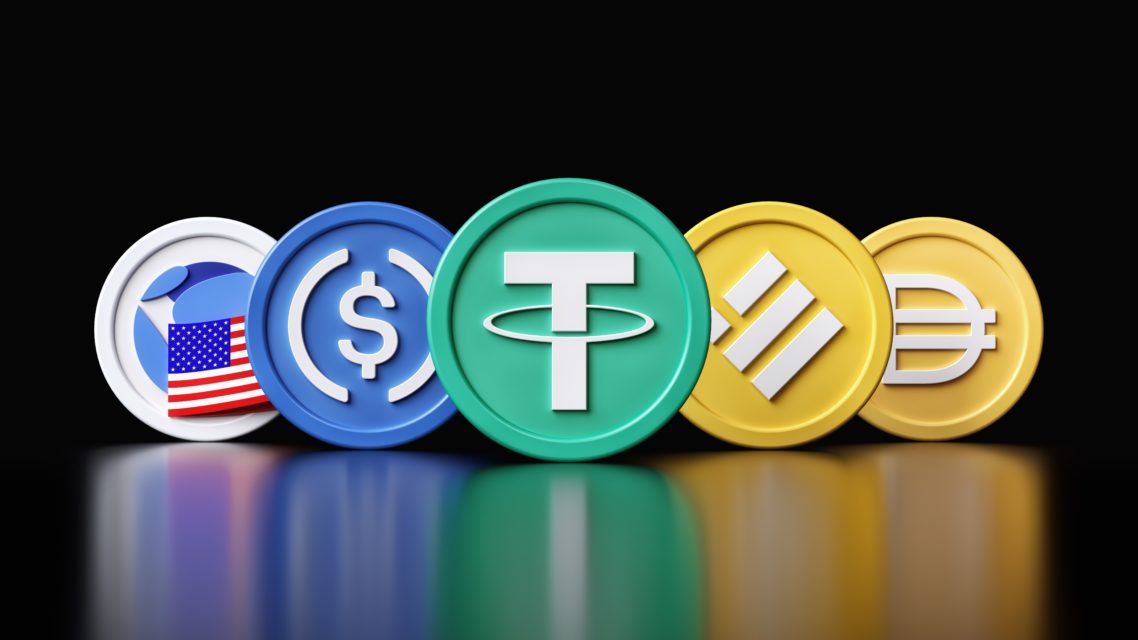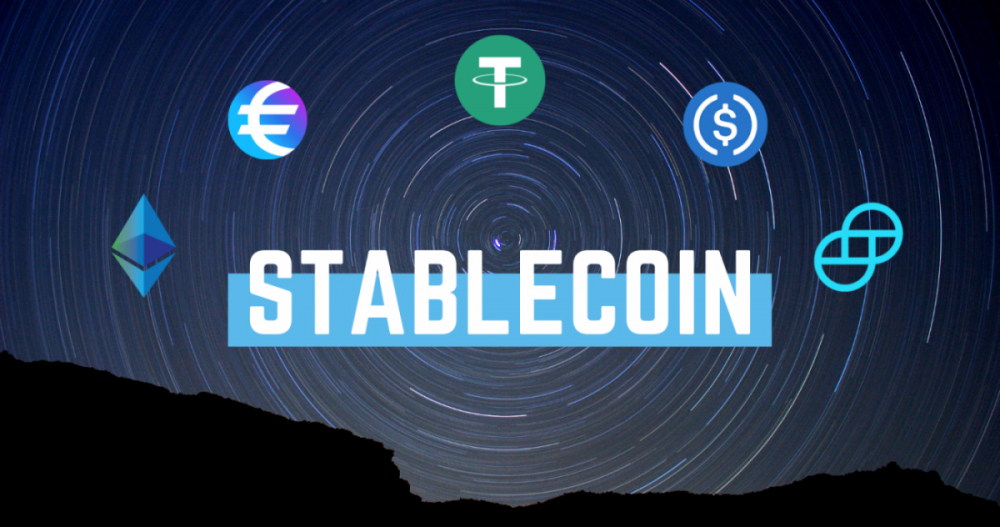When talking about cryptocurrencies, it eventually comes down to “price volatility”. Price movements are heavily influenced by this prominent feature of cryptocurrencies.
However, when the subject of “hedging against inflation risk” is brought up, investors are encouraged to transfer their savings to Bitcoin and other cryptocurrencies instead of fiat currencies. Let’s explore a new opportunity together, which serves as the antithesis of both price volatility and inflation, without getting caught up in any of the rumors. For that, we need to understand the stablecoin phenomenon.
What is stablecoin?
Simply put, a stablecoin is a category of cryptocurrencies whose market cap is fixed to a particular fiat. For example, the Tether (USDT) stablecoin is pegged to the US dollar. So 1 USDT (Tether) is always worth 1 dollar. The value of 1 Tether or any other stablecoin always remains at the same level as the fiat currency to which they are pegged.
Stablecoin projects achieve this stability of value by keeping the backed currency in their reserves as collateral. These fiat currencies stored in the reserve can also be in the form of a different cryptocurrency or commodity. Another emerging type of stablecoin is the alternative, which instead of having collateralized assets in its reserve, controls the money supply with an algorithm and keeps the price stable.
How does inflation occur?
According to current data, the USA has reached the highest inflation rate in the last 5 years. Similarly, Turkey has been struggling with the inflation crisis since 2018. But could this data get any worse?
All of these data come to a common conclusion: the purchasing power of currencies decreases over time. If inflation does not occur for political reasons, it is due to the introduction of more money into circulation. Almost every government around the world is putting more money into circulation in the face of every economic crisis it faces.
For example, one of the reasons behind the 7 percent inflation rate in the USA was the unprecedented printing and release of $3 trillion in 2020. This move in 2020 means that 18 percent of the total US dollar supply was created at once. The M2 money supply chart above shows the accelerated increase after March 2020.
Similarly, when the money supply increases by an alarming amount, citizens have more money to buy the same good. As a result, the price of goods rises at an unsustainable rate, causing hyperinflation. Zimbabwe is a prominent example. The country was plunged into an economic disaster in 2008, the effects of which continue to this day.

When we go through these examples, we come to the conclusion that fiat currencies are designed to lose value over time. Therefore, people aim to invest their money by transferring their money to securities, real estate and other assets, to protect their capital against inflation. However, these methods mean that the money is locked for a certain period of time and there is a lack of liquidity in the market.
Interestingly now, a significant portion of the population in general wants their money to be liquid while at the same time securing it. This brings us to stablecoin solutions that will protect against inflation.
The usability of stablecoins as a hedge against inflation is controversial. Besides, anyone with internet access can transact with stablecoins and participate in the global economy. It also acts as the platform that enables true globalization.
On the other hand, some countries, especially the US government, stand against the use of stablecoins, which they consider to act against the global financial system and citing regulatory concerns. Other countries prefer Central Bank Digital Currency (CBDC) stablecoins, which are controlled by the central financial authority.

Biggest Stablecoins by Market Cap
Tether (USDT)
Launched in 2014, USDT is a stablecoin produced by Tether Limited, which is run by the owners of the Bitfinex exchange. Each USDT is allegedly backed by an equal amount of physical dollar reserves. USDT is not only the largest stablecoin by market cap, but also the second highest market cap after Bitcoin and Ethereum.
The most frequent use of USDT on the Ethereum blockchain network is DeFi products and services linked to this currency. However, there were apprehensive statements about the consistency of Tether Limited’s physical dollar reserve data.
USD Coin (USDC)
USDC, another stablecoin indexed at a one-to-one rate to the US dollar, is produced and managed by a consortium called the Centre. Prominent companies of the crypto industry such as Circle, Coinbase and Bitmain are among the members of this consortium.
According to the statement made by Circle, USDC is backed by cash and cash equivalents such as short-term US Treasury bonds. Prominent blockchain networks such as Ethereum, Solana, and Avalanche support USDC natively.
To maintain transparency, Circle releases monthly data from a top accounting firm on the authenticity of the USDC reserve. In this way, it is proved that there is a 100 percent US dollar equivalent.
Binance USD (BUSD)
Similarly, BUSD is another fiat-backed stablecoin pegged to the US dollar. Partnering with Paxos, Binance launched the BUSD currency in 2019. Unlike others, BUSD has been approved by a regulatory agency such as the New York State Department of Financial Services (NYDFS).
Binance has taken aggressive steps to increase real-world use of cryptocurrencies by partnering with BitPay, a global crypto payment service provider. BitPay-supported businesses like Microsoft and Amazon now have the ability to receive BUSD payments.
ERC-20Although it is a standard token, BUSD is also backed by BEP-2, making it the most useful stablecoin on the BNB Chain.
Dai (DAI)
Another unique algorithmic stablecoin managed by the DAO, indexed to the US dollar, is the decentralized autonomous organization DAI. Issues such as DAI production are managed through MakerDAO, where decisions are made by the community. Decisions are made on their own, thanks to Ethereum-based smart contracts.
Every DAI produced is backed by a reserve that includes ETH, BAT, USDC, COMP and several other cryptocurrencies. Users can also lock their DAI savings into the system and earn interest on the locked DAI, thanks to the DSR (DAI Interest Rate) feature.





